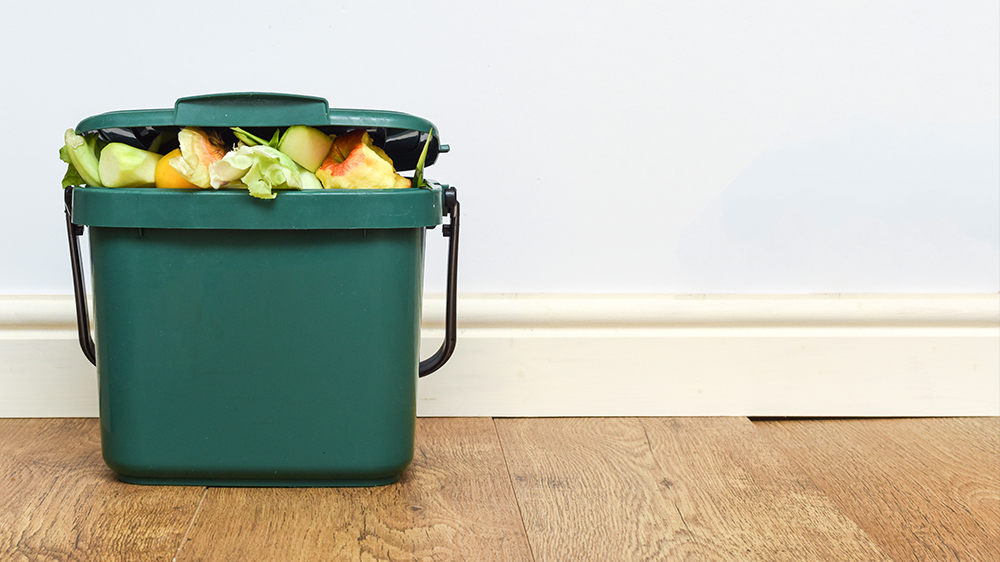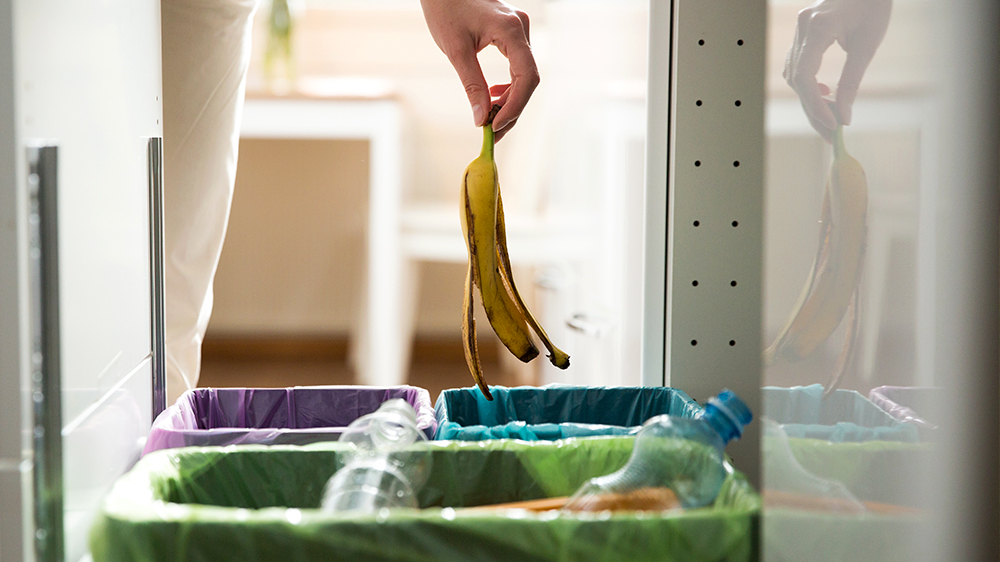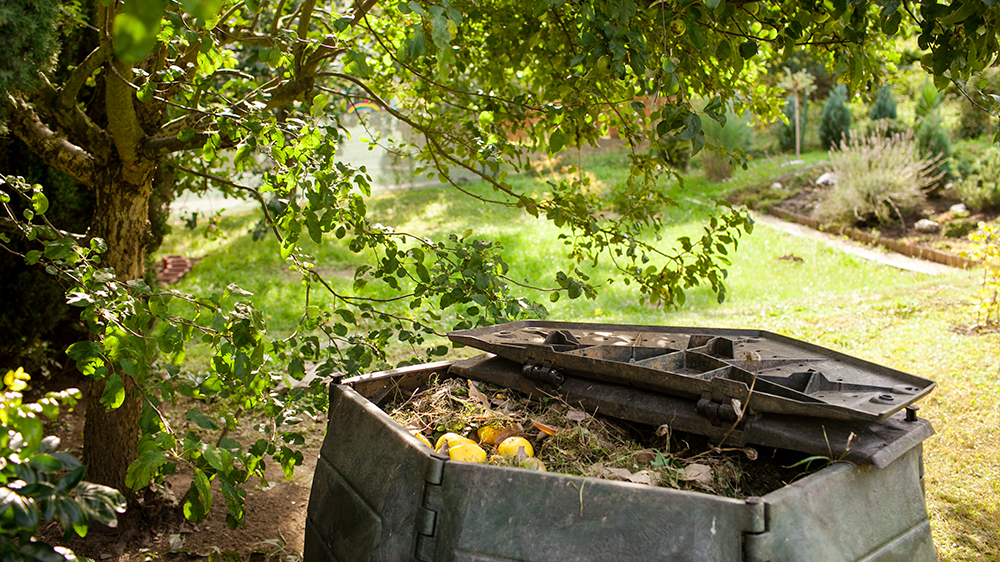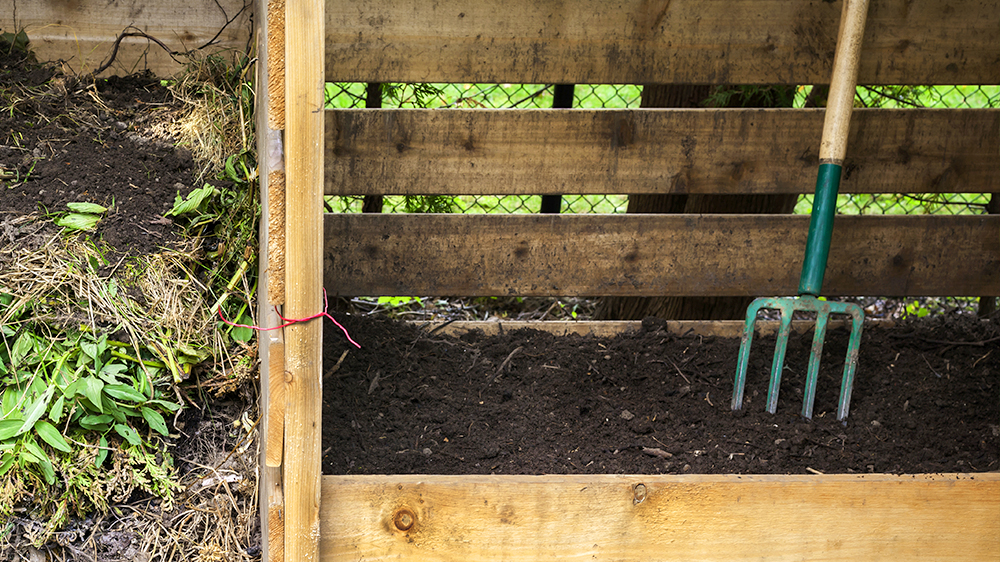
The composting process can seem a bit daunting for beginners. Not everyone is accustomed to the idea of collecting decomposing material instead of throwing it in the garbage. The truth is, the pros of composting are so valuable—not just for the environment, but for your bank account, too!
Composting is absolutely worth taking on, and once you get the hang of it, it’s not a difficult project. If you follow these five tips for composting beginners in St. John and Frankfort, you’ll be well on your way to reducing your carbon footprint and saving your hard-earned cash!
How To Start Composting: 5 Tips for Beginners
Ready to reduce your household waste and enrich your garden with one of the most nutrient-dense plant food sources available? Here are the basics of how to prepare compost successfully so that you can feed your vegetable garden the best of the best:

1. Make A Cheat Sheet For Compostable Materials
The kitchen scraps you place in your compost bin aren’t the only ingredients you need for high-quality soil. Compost for the garden is made from a combination of this fresh organic material, known as “greens,” and dried organic material, or “browns.” Browns include dried leaves, dried grass clippings, newspapers, and other non-diseased yard debris. They should be combined in your composter with a 2:1 ratio of browns to greens.
One of the trickier parts of your first foray into composting is figuring out which “greens” goes in the compost bin, and what stays out. To make it as simple as possible, and to avoid contaminating your bin with bad bacteria, just copy and paste the following list, print it out and tack it on the fridge for quick reference:
What Can I Compost At Home?
- Fruit and vegetable scraps
- Tree leaves
- Grass clippings
- Black and white newspaper
- Cardboard
- Coffee grounds
- Untreated wood shavings
- Herbivore droppings (like horses and rabbits, not dogs or cats)
- Citrus fruit peels (in small amounts, since they are quite acidic)
What Shouldn’t I Compost?
- Oil or fats
- Meat, dairy, bones, and animal byproducts
- Non-vegetarian manure
- Noxious weeds
- Diseased plant parts
- Bread
- Paper treated with colored ink
- Anything coated with synthetic chemicals or plastic

2. Choose Your Preferred Method
What is the best method of composting? Well, that all depends on your preferences. There are three types of composting you can try: aerobic, anaerobic, and vermicomposting. Aerobic compost bins have a turning mechanism so you can mix air into the compost pile to help speed up the decomposition. They’re easy to use and less stinky than anaerobic bins! It also helps to add in some water from the hose every once in a while, but other than that, you won’t have to put in too much effort.
Anaerobic bins require very minimal upkeep—simply toss the scraps in and let them sit for over a year to break down. Make sure you have the appropriate ratio of browns to greens and turn the pile regularly with a shovel. This method is a cheap way to get started, but requires a little more elbow grease to maintain.
Vermicomposting is one of the most effective and environmentally friendly ways to compost, but some folks are a bit too squeamish for it. This method uses worms to break down organic matter and promote oxygen circulation through the bin. There are loads of benefits to this method because it reduces the stinky gases from the bacteria generated during decomposition, so you can keep your compost bin indoors if you like. You also don’t have to bother turning the contents of the bin—the worms do most of the work for you!
3. Find A Good Location For Your Bin
You have a lot more options for where to place a vermicomposting bin since they can be used indoors or outdoors.
Aerobic and anaerobic containers often have open bottoms so that worms and microbes can make their way in from the earth below, and speed up the breakdown. So, you’ll want to place the bin in a spot with well-draining soil that isn’t compacted. Placing the bin in a sunny spot will also help to generate more heat. If you have an aerobic or outdoor vermicomposting bin, try to put it somewhere close to your back door so you can access it easily.

4. Layer The Contents Like A Lasagna
To keep your compost on-track to produce perfect “black gold”, simply sandwich a layer of “greens” between two layers of “browns” and alternate—just like a lasagna! Some folks will collect their food scraps in a sealed bucket until it’s full enough to spread a thick layer on the pile, and then top with an equally thick layer of plant matter.
5. Keep It Moist
If the contents of an aerobic or anaerobic bin are too dry, it’s not going to break down very quickly, and it won’t be as easy to spread around and mix into soil. Add in some water from the hose occasionally, and mix it through so that it softens up the contents. Make sure you don’t add too much because if it becomes too soggy and sloppy, you’ll have a pretty big mess on your hands.

Composting is a fantastic way to ensure a healthier, more successful garden. It improves water retention in the soil, so you don’t have to water as frequently, and it delivers a steady stream of nutrients to your plants. Plus, it means less garbage in the landfills, and that’s something we can all get behind!
If you’re ready to start your first composting project, visit us at Alsip Home & Nursery, and we’ll help you choose the right bin for your home. Once you get the hang of composting, you’ll be so glad you made the switch!
